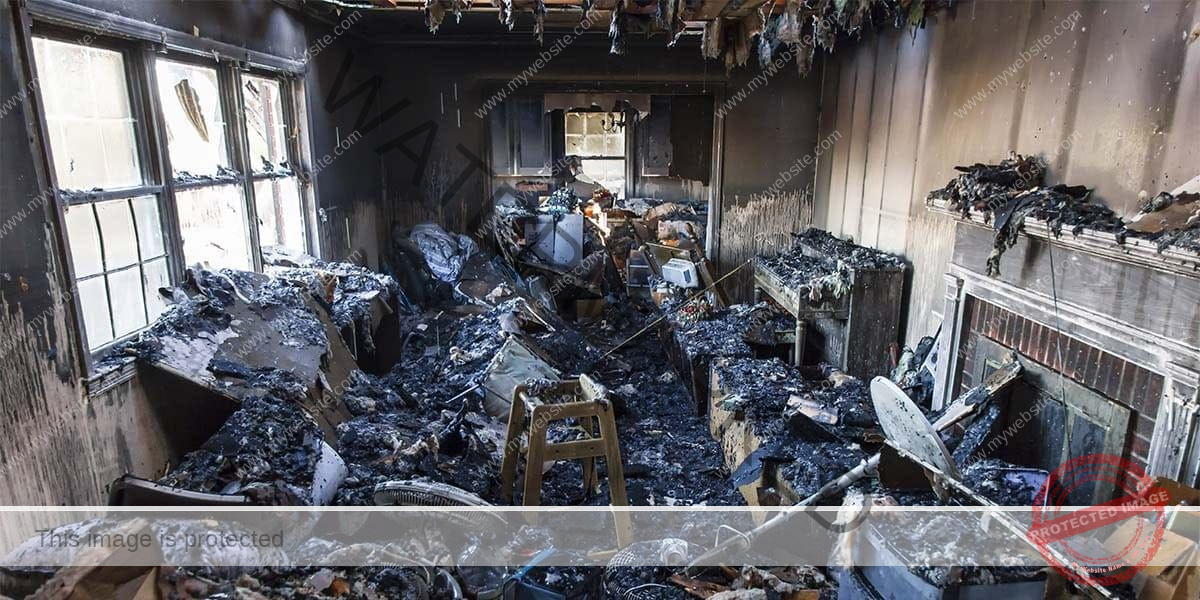The Rise of Digital Forensics in Fire Investigation
Digital forensics has revolutionized fire investigation by ensuring accuracy and objectivity. Utilizing 3D scanning, high-resolution photography, and digital modeling, investigators can preserve critical evidence even during site cleanups and subsequent investigations. This transforms reconstruction, allowing for more nuanced timelines and eliminating guesswork. This growing field acknowledges the precision of technology in analyzing arson cases.
As digital forensics becomes central to investigations, professionals are turning to flexible education solutions to stay competitive and compliant. The option to complete fire investigation courses online empowers current and aspiring investigators to access the most up-to-date knowledge from anywhere. With access to real-world case studies, simulations, and instruction from experienced faculty, online training programs provide the vital foundation required to meet today’s rapidly advancing standards. These virtual classrooms enable the development of expertise without delaying entry into or advancement within the profession.
Training and Certification: Why Learning Never Stops
Continuous training is crucial for fire investigators, as national standards, such as NFPA 1033, require professionals to regularly update their skills in fire dynamics, building construction, and evidence documentation. Research shows that 80% of investigative errors are linked to insufficient or outdated training. Robust certification programs and frequent training courses address these gaps by offering revitalized theory and hands-on practice in various subjects, including fire chemistry, scene documentation, and expert witness testimony. Participation in ongoing education helps investigators navigate novel hazards, identify subtle fire patterns, and accurately distinguish between accidental and deliberate ignition. As fire incidents become more complex due to modern materials and technologies, a dynamic approach to learning equips investigators with the tools to adapt and succeed.
Technology Shaping the Investigation Landscape
The fire investigation toolkit now includes more than just notebooks and cameras: drones, gas analyzers, and software platforms are transforming every stage, from collecting evidence to presenting findings in court. Drones enable safe aerial surveys of unstable structures, capturing angles and data that would otherwise be inaccessible or dangerous to gather. Gas analyzers offer rapid identification of accelerants that may suggest arson, while portable spectroscopy devices pinpoint chemical signatures in residue and soot.
Bringing technology into the process not only improves accuracy but also enhances collaboration and efficiency. Cloud-based case management systems enable teams across agencies to share data, images, and findings in real-time, breaking down barriers between investigators and accelerating case resolution. When digital tools are combined with traditional investigative insight, the result is a more thorough, defensible conclusion, crucial for both insurance and criminal cases.
Collaborating with Other Experts
Fire investigations often require collaboration among experts from multiple fields, including forensic chemists, insurance specialists, law enforcement officers, and structural engineers. This teamwork helps develop a more accurate picture of the incident. Regular inter-agency trainings and roundtable discussions help identify unusual patterns, such as electrical malfunctions masked by excessive charring. This multidisciplinary approach not only increases case closure rates but also ensures justice for victims and accused parties by guarding against investigative oversights.
The Role of Community Education and Prevention
Prevention is a crucial aspect of modern fire investigation, with investigators now leading workshops, conducting drills, and providing demonstrations in schools and neighborhoods. Education programs teaching people to identify fire hazards, use extinguishers, and create evacuation plans can significantly reduce residential fires. Prioritizing education can minimize home fire rates by up to 60%. Investigators also build credibility and cooperation in future casework by establishing relationships before incidents, making them valuable members of the public safety ecosystem.














